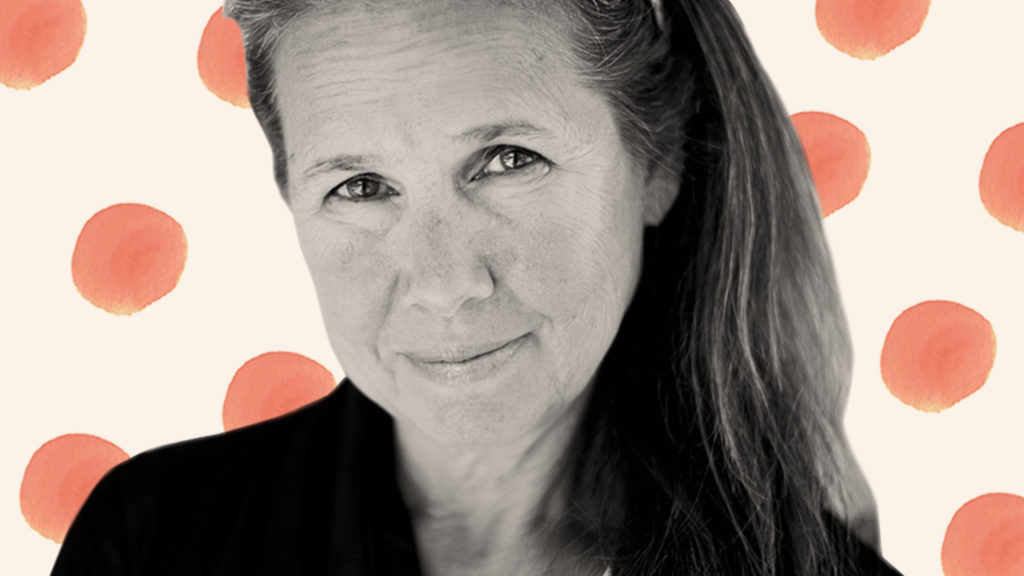There has been a noticeable shift in the relationship between audiences and marketers in recent years and brands have had to reassess their top-down approach. Resonating with young, savvy consumers requires a healthy dose of authentic storytelling—luckily for Sundance Institute CMO Monica Halpert, that’s what she helps artists do every day.
Please explain your job in the context of Sundance Institute.
I’m the chief marketing officer I sit on the leadership team which is comprised of the key stakeholders in the work that we do. I oversee all of marketing, communications, branding, [as well as] the cultural articulation of both the internal and external voice of the institute.
Sundance has a lot of enterprises, but we are the non-profit institution whose commitment is to support independent storytellers and artists in all stages of their career through a variety of year-round programming including the Sundance Film Festival.
As the head of marketing and communications, I’m the storyteller about the storytellers.
How has the nature of your work changed in the last five years?
Audiences have changed, where they are has changed. Our industry has changed in terms of content. I believe we’re in this golden age of television and there’s good stuff everywhere but it’s so ubiquitous that it’s kind of hard to find. I think it’s very tricky as a marketer now.
I have said for the last three years that brands are dead. I don’t even like the word “brand” now. The audience—the people—are brands now. It’s a very different kind of relationship that marketers need to have with audiences. We as marketers are audiences and audiences are marketers.
Another big shift is how we work. Marketers aren’t just specialists. I’m a marketer but I know how to run a business. It’s no longer about silos… to me, it’s a completely different world. You have to kind of fly the plane as you build it.
What Is Your View On The Prevalence Of Cause Marketing?
There have definitely been corporate responsibility and cause-related marketing efforts within the organizations that I’ve worked for, but this is my first foray into a decidedly non-profit world. I have to say, I can’t really imagine doing it any other way going forward. The fusion of entertainment and mission work feels like the most contemporary and modern way to work.
I’ve sat in many meetings [at previous companies] where it’s been like, “okay, what’s our cause?” They felt like doing good makes people feel good like it was a requisite for organizations to prove to their consumers that they care.
If purpose isn’t linked to craft and motivations, the audience is just too savvy [and will see right through it]. You need to understand who’s growing up in the world right now. Transparency is key—they are much more likely to attach to an organization that doing something that is meaningful and has impact. If it’s not in your wheelhouse, you can’t fake it.
What is the marketing topic that is most important to you as an innovator?
It’s all about being relevant and resonant. Innovation comes from access, intimacy and trust. I’m fascinated with this reciprocal nature of marketing and how to bring audiences into your process in a way that feels seamless.
For us at Sundance, artists are our property. The tricky part is, at what point are artists the product and Sundance the voice of the brand? We’ve done a lot of things lately where it’s not clear who the marketer and who the audience is. How do you look at all those variables and flex those muscles accordingly so you can meet your goals but also shapeshift in the process? Because it’s all about your audience and how they respond to you, being able to pivot in real time. To me, it’s always about constantly making it relevant.

